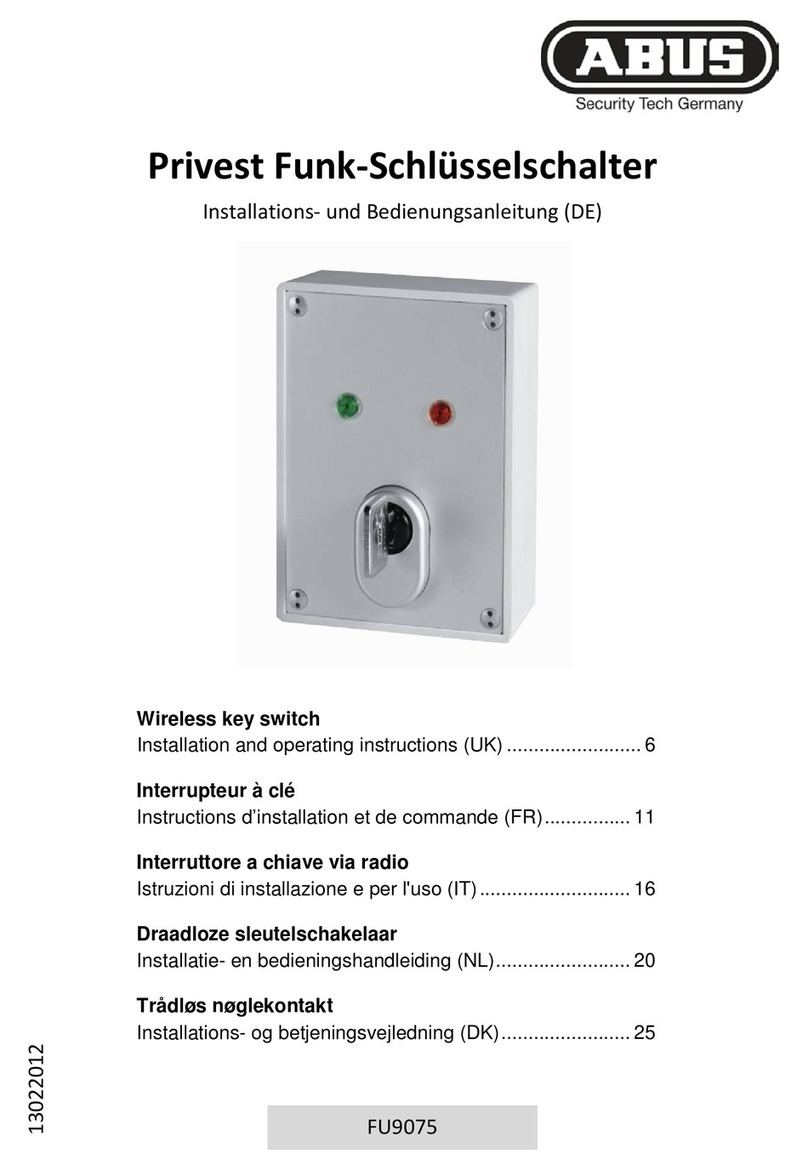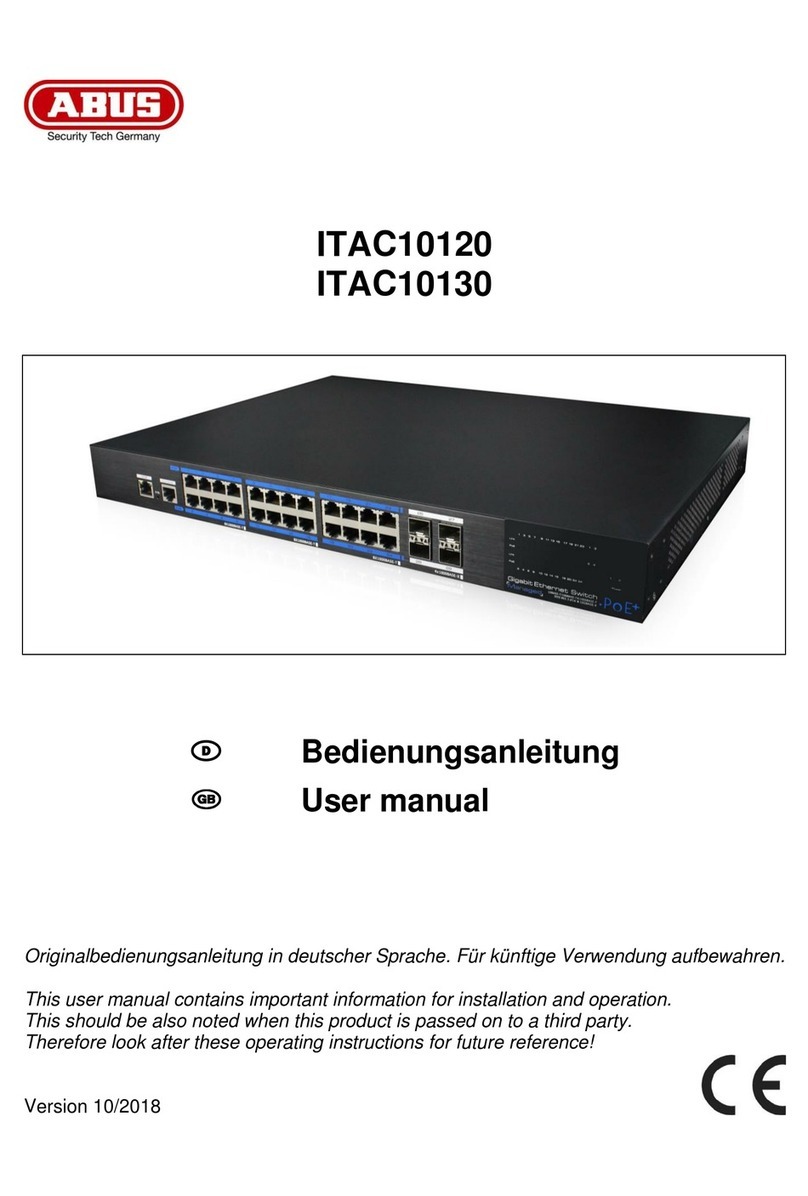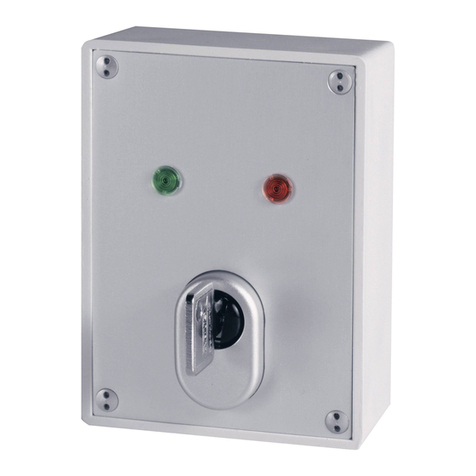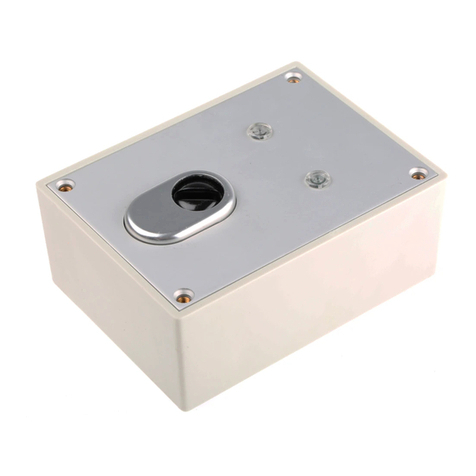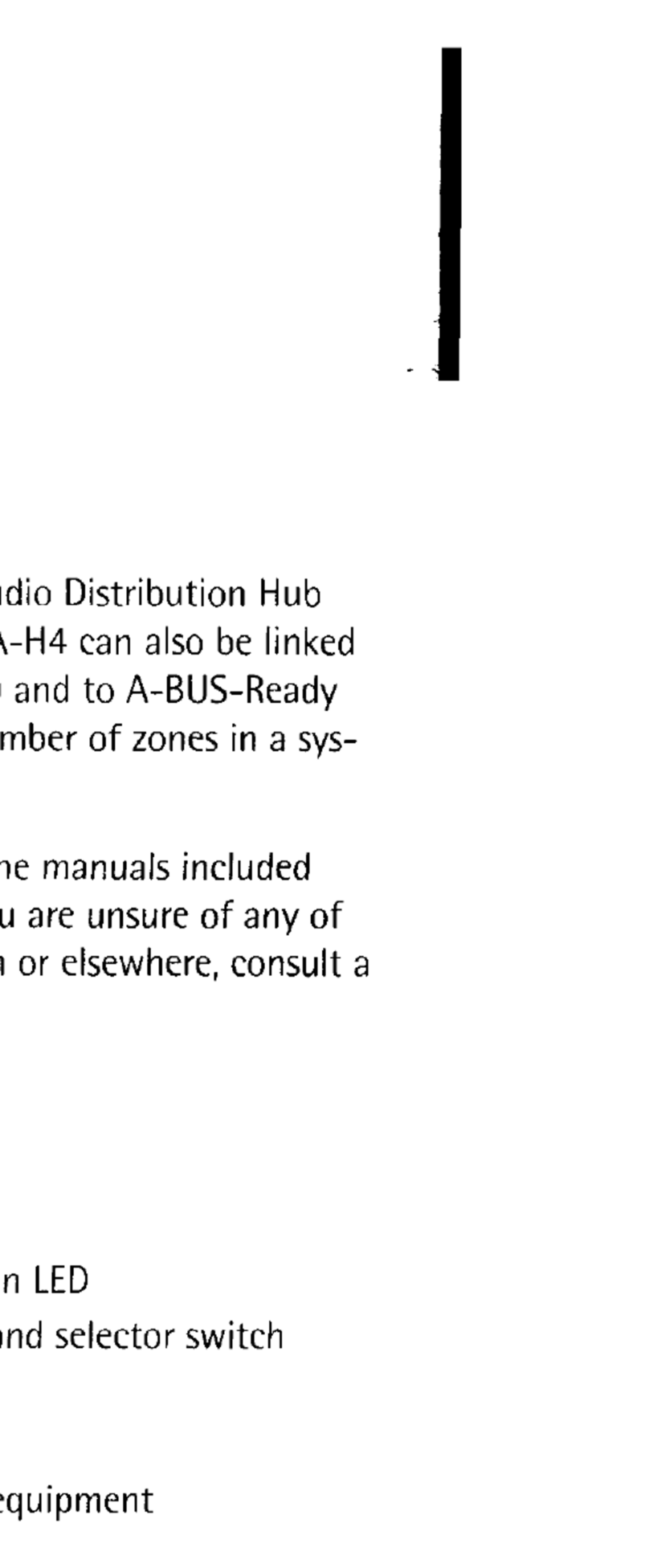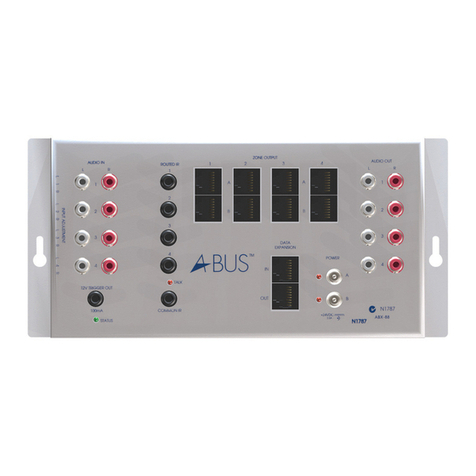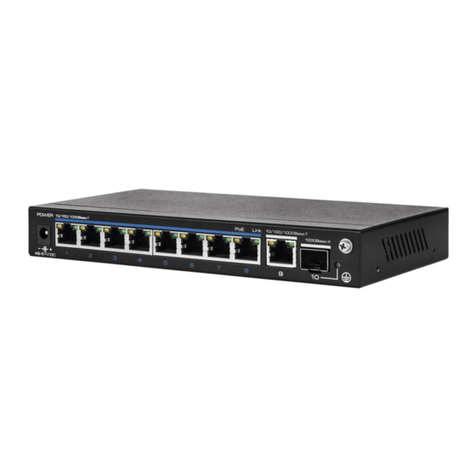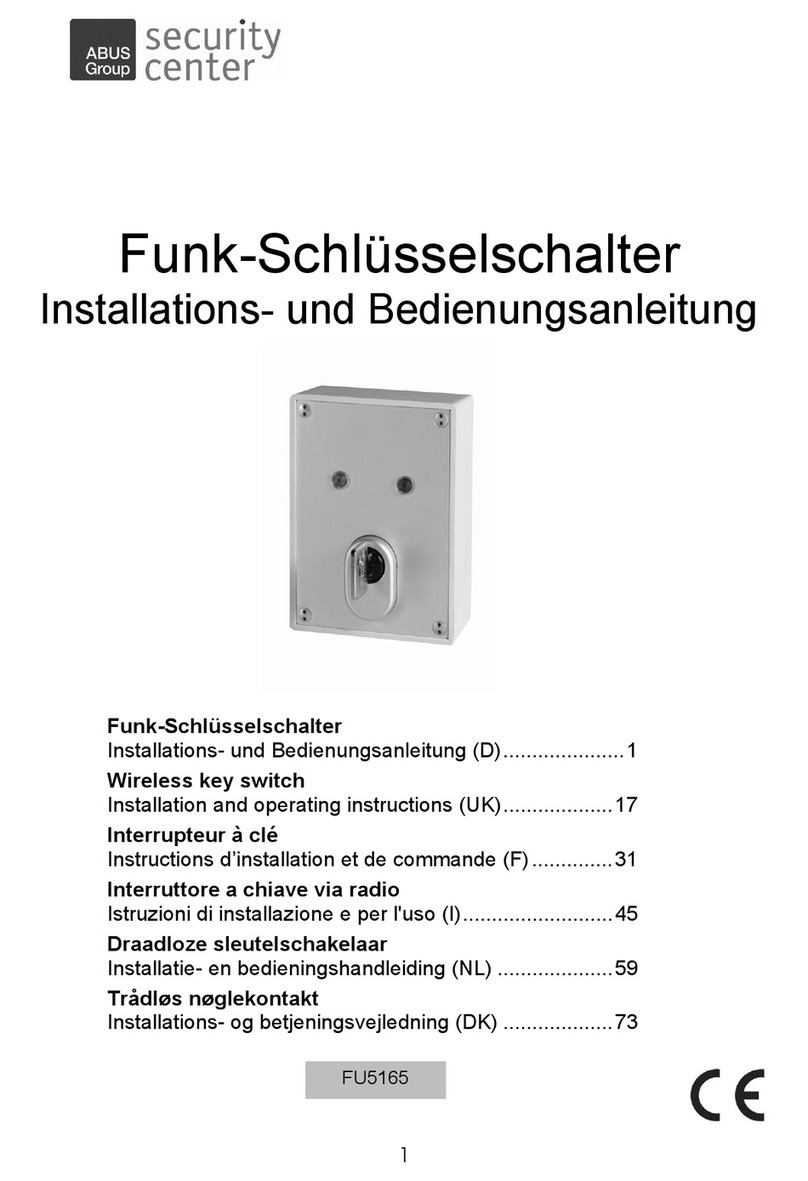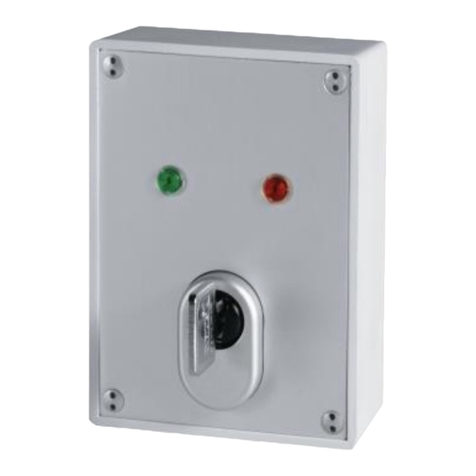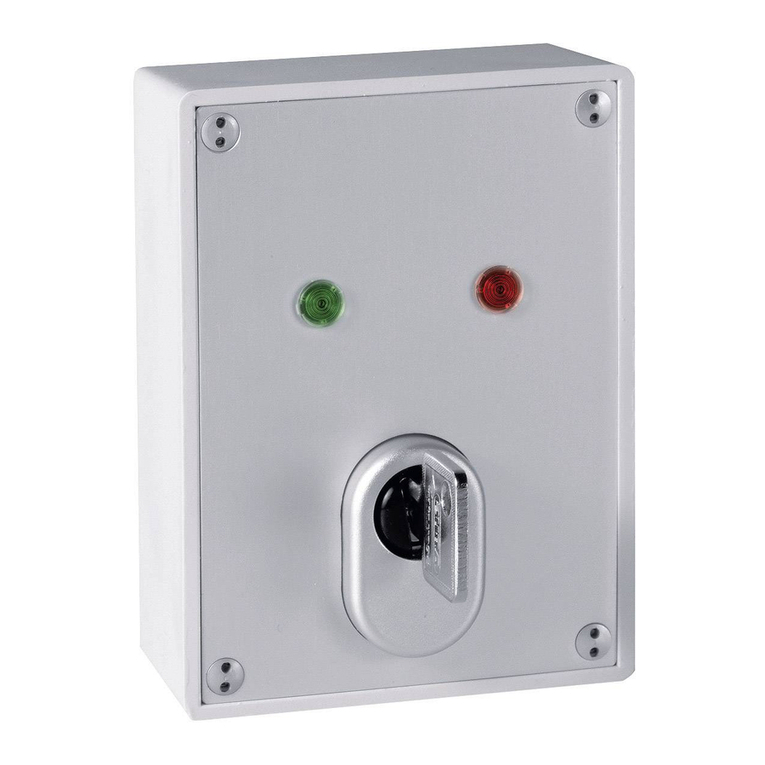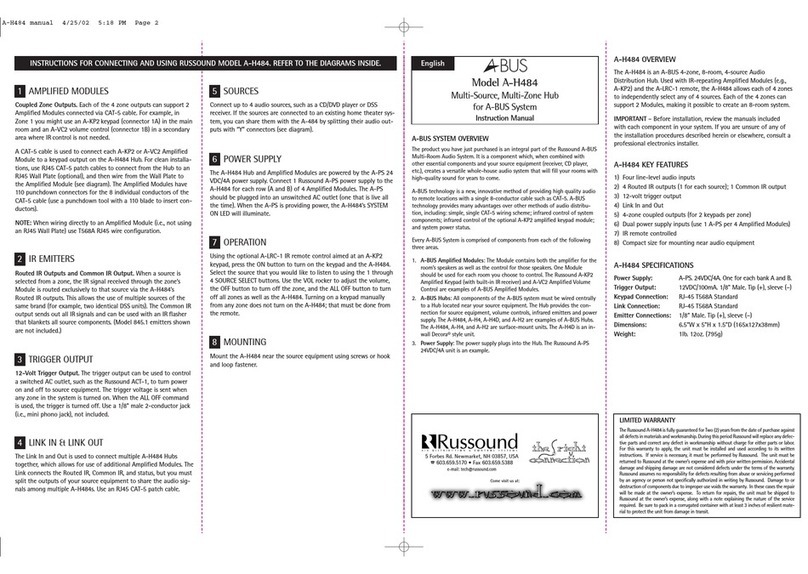Inhalt
1Access to Web Management..............................................................................................5
1.1 Access to Web Management .......................................................................................5
1.2 Access to Web Management via CLS Port .................................................................5
2Reset...................................................................................................................................5
3Web Management ..............................................................................................................7
3.1 System Status...............................................................................................................7
3.2 Port setting...................................................................................................................8
3.2.1 Port speed limit.....................................................................................................9
3.3 VLAN settings...........................................................................................................10
3.3.1 VLAN Forwarding.............................................................................................11
3.4 Trunk Management....................................................................................................12
3.5 RSTP..........................................................................................................................13
3.5.1 STP Basic Concept.............................................................................................13
3.5.2 RSTP ..................................................................................................................15
3.6 Port Security..............................................................................................................16
3.6.1 802.1X certificates .............................................................................................17
4Web Management ............................................................................................................19
4.1 SNMP Settings ..........................................................................................................19
4.2 Email Alarm ..............................................................................................................20
4.3 Port Mirror.................................................................................................................21
4.4 IGMP Snooping.........................................................................................................22
5Network Statistics ............................................................................................................23
5.1 MAC Address............................................................................................................24
6System Management ........................................................................................................25
6.1 IP Address..................................................................................................................25
6.2 Log Information.........................................................................................................26
6.3 File Management.......................................................................................................27
7PoE Management .............................................................................................................28
8QoS Management.............................................................................................................30












